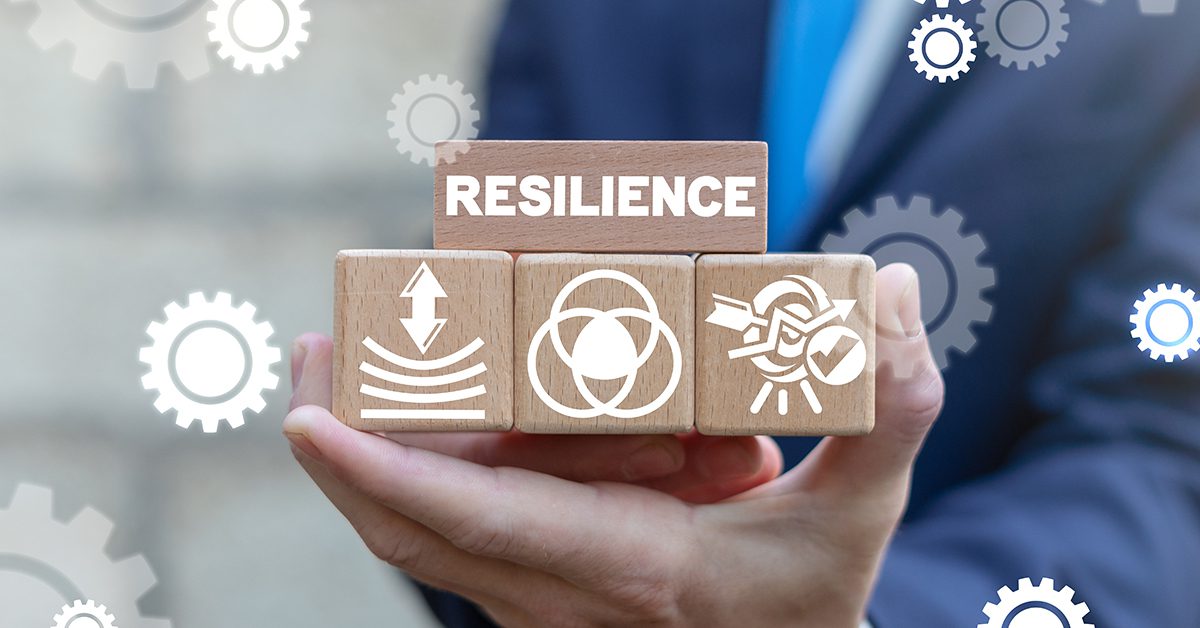
Resilience is the capacity to recover from hardship. We know stress is everywhere, and everyone handles it differently. Some persevere. Some shut down. When things feel weighty, it’s difficult to remain steady. Things can seem like a full-time job to keep things together. That’s where resilience first aid training comes in.
It gives you tools to handle stress and find your footing again. It’s not about faking a smile or pretending everything’s fine. It’s about learning real-life skills to stay calm and cope when things get overwhelming.
Resilience training is one of the best ways to overcome these issues. It also teaches you how to step in and support others before things get worse.
This kind of support matters more than ever. Stress shows up at work, in schools, and even in health centers. That’s why more people are now turning to resilience training courses in Australia to get the help they need.
Who Needs Resilience Training?
The short answer? Everyone, such as
- Students balancing social stress, deadlines, and grades
- Parents attempting to maintain their composure while raising children
- Teachers managing classrooms and personal lives
- Healthcare workers and first responders are facing crisis after crisis
- Business leaders navigating change, decisions, and pressure from all directions
- Anyone recovering from burnout or emotional fatigue
Contents
The Key Components of Resilience Training
Let’s keep this simple. Most resilience programs focus on six key things—and they’re not as abstract as they sound:
1. Handling Stress
Stress can be reduced by practicing breathing exercises, grounding, and mindfulness. In situations where your brain is overworked, you can use basic rituals to help you stay composed.
2. Control of Emotions
You get the ability to gently draw yourself back when you see yourself spiraling out of control. Giving your feelings space without allowing them to take control is more important than ignoring them.
3. Cognitive Reframing
You start to see things differently and stop considering every failure to be a disaster. You ask, What can I learn from this? How can I develop?
4. The Ability to Solve Problems
You get better at breaking down difficult issues into smaller, more manageable steps. Your mental mountain starts to look like a manageable hill.
5. Social Connection
You learn how to build and rely on your support system. Because trying to do everything alone? That’s not strength—that’s burnout in the making.
6. Self-Care
Not just eating a salad or sleeping 7 hours. We’re talking daily check-ins with you. Movement. Boundaries. Rest. Saying no when you need to.
Why This Training Isn’t Just “Nice to Have”
The truth? Most of us are under more pressure than we let on.
Deadlines. Layoffs. Pandemic aftershocks. Personal loss. It adds up.
In a UK study, over 90% of adults reported experiencing serious stress last year. And that stress doesn’t just live in our minds—it shows up in our bodies, our work, and our relationships.
When people burn out, it’s not just a “them” problem. It affects teams, families, and entire organizations. Companies lose time, money, and good people. Healthcare workers leave their jobs. Parents feel like they’re failing.
Resilience training cuts into that. It gives people tools to manage before things fall apart. And with more demand than ever, resilience training is helping people across schools, workplaces, and healthcare settings build those vital coping skills.
And these aren’t fluffy “feel good” benefits either. Some studies found that after just a few weeks of training:
- 83% of employees felt more satisfied at work
- They took 1.8 fewer sick days per year
- 43% were less likely to leave their jobs
Honestly, that’s huge.
Real-World Examples of Resilience in Action
Let me show you what resilience looks like in real life:
When You Don’t Get the Promotion
Not all stories are fairy tales. Tom applied for a team lead and proceeded to not get the role. It stung for certain, but what surprised everyone was instead not stay stuck. With self-reflection and feedback, in six months, he turned his life around. The real kicker? He was promoted first and now felt and was ready for it.
When You’re Leading a Burned-Out Team
When it comes to managing a burned-out team, look no further than Lee. Taking over management after an off year means mindset problems, something she combated head-on. Using methods aimed at resilience, like regular check-ins and celebrating small but meaningful progress, was the link. Slowly, the team gained their sparkle back
What Kinds of Training Are Out There?
There’s no one right way to do this. It depends on what you need—and how you like to learn:
- Mindfulness Training
If you want to get better at staying present and managing your headspace, these trainings are great.
- Cognitive Behavioral Skills
These help you challenge negative thoughts and stop spirals before they start.
- Movement + Exercise Programs
Physicall activity is one of the best (and most overlooked) resilience tools.
- Group Workshops
Interactive and great for learning together with your team or peers.
- Online Programs
Flexible and self-paced for busy people. You can learn in your own time.
A great example of where to find these programs is mindsettraining.com. They offer resilience training options depending on your lifestyle and goals.
Whatever method you choose, the key is this: make it practical.
How to Implement Resilience Training
If you’re bringing this into your workplace or daily life, here’s what makes it last:
- Get leaders on board. If the people at the top model these behaviors, others will too.
- Start small. Don’t try to overhaul everything—pick one skill and build on it.
- Make it part of the culture. Add regular sessions, check-ins, or peer support.
- Track what’s working. What’s helping? What’s not? Keep adjusting.
- And most of all, talk about it. Normalize the struggle. Celebrate small wins.
But Is There Real Science Behind This?
Yes, there is, and it is really interesting.
Stress response is modified through resilience training, which shows up on brain scans. Participants tend to have lower cortisol levels along with faster recovery from tough situations because they completed the program.
In military trials, soldiers trained in resilience showed more positive emotional responses during high-stress events.
So no—it’s not just “positive thinking.” It’s physical. It’s emotional. And it’s learnable.
Common Misconceptions About Resilience Training
Let’s bust a few myths while we’re at it:
- Resilience ≠ Toughness
It’s not about being stoic. It’s about having tools and knowing when to ask for help.
- It’s Not One-Size -Fits-All
You might need mindfulness. Someone else might need coaching. Flexibility matters.
- It’s Not a Quick Fix
This is a skill, not a shortcut. You’ve got to practice it like anything else.
- It’s Not a Replacement for Therapy
A professional should always be consulted if assistance is required. Never disregard mental health care; resilience training is always an extra layer of assistance.
Why This All Matters—For You, For Me, For Everyone
Perhaps you’re under stress. Or perhaps you’re simply sick of waiting for the next issue to arise.
Life won’t become any easier with resilience training. However, it can improve your ability to handle it. When things go wrong, it keeps you strong.
What’s the best part? You don’t need to accomplish it alone.
This can be beneficial whether you’re a manager supporting your team or just trying to find a better coping mechanism. Begin modestly. Small adjustments add up. And you’ll know you can overcome the difficult days when they arise, which they will.








